This week, the U.S. House and Senate are set to vote on another COVID-19 relief bill, which includes a hotly debated $15 federal minimum wage hike.
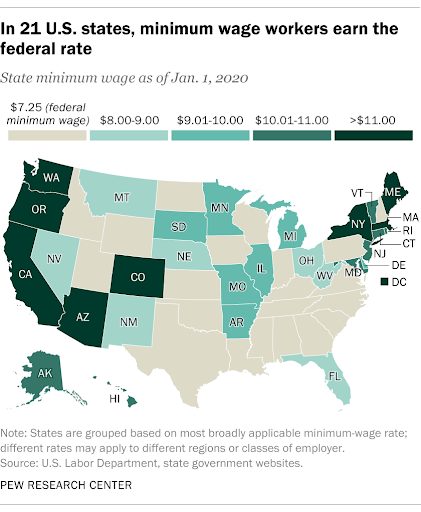
In President Biden’s proposal, the minimum wage would be raised in increments, hitting $15 in 2025, as outlined in Raise the Wage Act of 2021.
Congressional Democrats’ plan that would use federal dollars to increase low-earning workers’ income. Republican lawmakers have introduced alternatives that would increase the federal minimum wage to $10 an hour over four years and would tighten enforcement on hiring undocumented workers.
Opposition to the plan from two key Democrats – Sen. Kyrsten Sinema (D-Ariz) and Sen. Joe Manchin (D-W.Va.) – is a major blow to Biden’s hope of passing the provision by budget reconciliation.
More on Budget Reconciliation
Democrats are using a process called reconciliation to pass the aid package with a simple majority, rather than the usual 60-vote threshold required for most legislation. Reconciliation “allows for expedited consideration of certain tax, spending, and debt-limit legislation,” and in the Senate, reconciliation bills aren’t subject to filibuster and the scope of amendments is limited. The fast-tracked process is a critical way to pass contested legislation such as this.
What’s next: The Senate parliamentarian, Elizabeth MacDonough, has heard arguments from both parties this week and is expected to rule as soon as Thursday on whether Democrats’ provision can be included in the COVID stimulus package and voted on through budget reconciliation.
Digging into the Data
Studies vary on the impact of a federal minimum wage hike, with the impacts to individuals and small businesses at the forefront of the debate. Seattle passed a minimum wage hike in 2014, with no consensus from economists on the local impact. Some studies note higher wages could:
- Help foster greater productivity in American workers;
- Lift 1 million out of poverty; and
- Allow the Government to spend less on food assistance.
The nonpartisan Congressional Budget Office says the hike could lift 900,000 people out of poverty, but would also:
- Cut jobs for 1.4 million American workers;
- Raise the federal deficit $54 billion over the next decade (for reference, the deficit was $984 billion in FY2019, and $3.1 trillion in FY2020 due to coronavirus-related spending);
- Drive prices higher for goods and services — “stemming from the higher wages of workers paid at or near the minimum wage.”
- Increase wages for 17 million workers who currently make under $15 an hour, as well as 10 million workers whose wages would otherwise be slightly above that wage rate.
Hear from two lawmakers voting on the federal legislation this week from A Starting Point.
Everything is Local
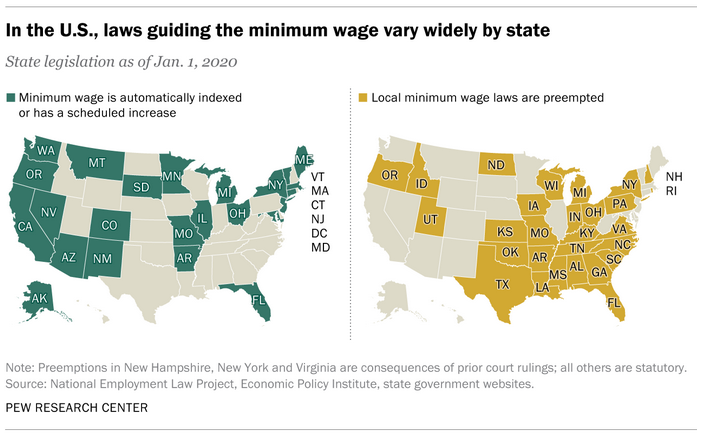
Take Action
- For more, dive into our Policy Circle Briefs on Poverty and the Federal Debt
- Research how your state, city and county handle minimum wage.
Other News
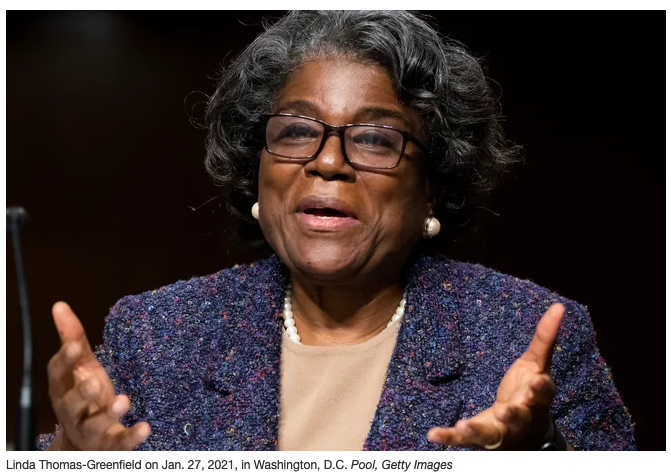
Senate advances key nominees as Biden’s Cabinet starts to take shape
The Senate approved former Agriculture Secretary Tom Vilsack to serve in the same position in Biden’s Cabinet. That vote came shortly after senators confirmed Linda Thomas-Greenfield as ambassador to the United Nations.
Take action: Learn more about the U.S. Senate
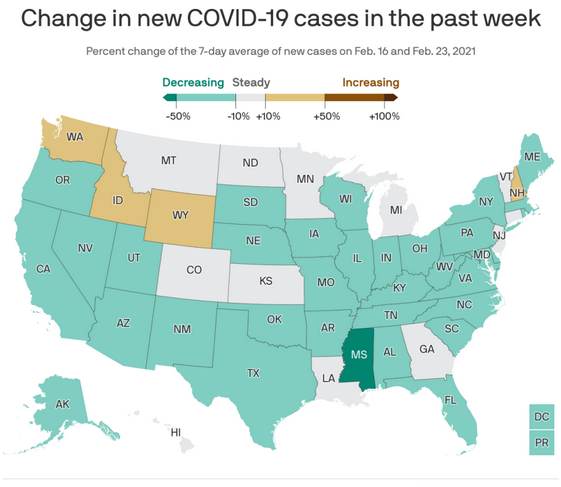
New coronavirus cases fall by 20%
New coronavirus infections continued their sharp decline over the past week, and are now back down to pre-Thanksgiving levels. Likely having a lot to do with vaccine distribution.
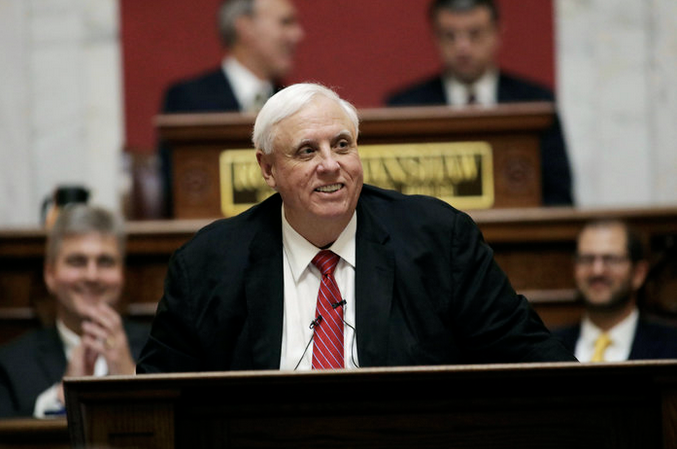
West Virginia’s Vaccination Rate Ranks Among Highest In World
West Virginia has administered almost 450,000 doses of COVID-19 vaccine. More than 9% of its population has gotten both doses.
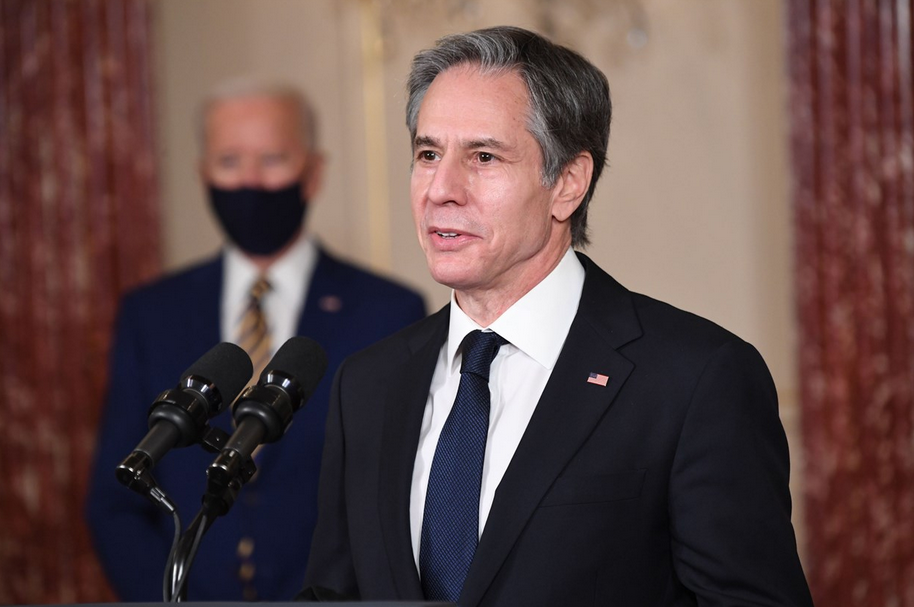
Biden administration says it’s ready for nuclear talks with Iran
Marking a first step in a possible diplomatic deal in which Washington could re-enter the 2015 Iran nuclear agreement. Here are some implications of a deal.
Learn more in The Policy Circle Foreign Policy Brief
CONVERSATION STARTERS
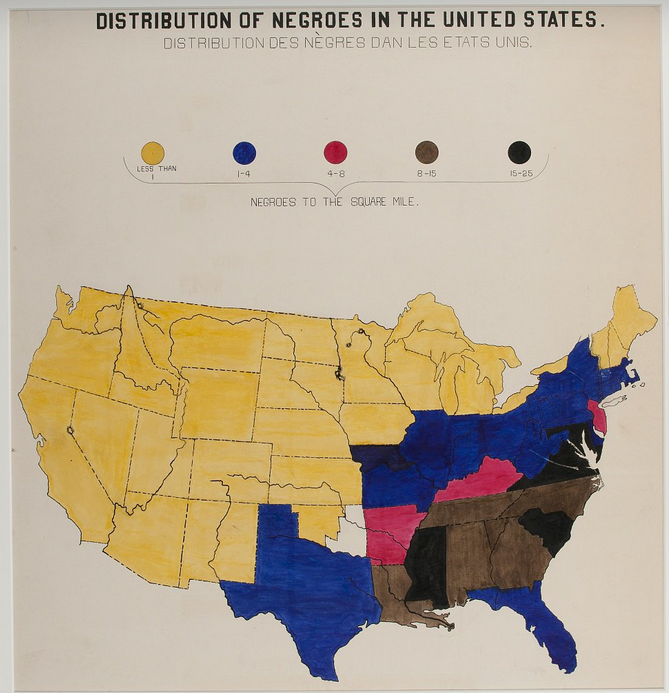
W.E.B. Du Bois’ hand-drawn charts from 1900 show the story of Black Americans through data
The co-founder of the NAACP displayed a series of hand-drawn charts and maps at the 1900 Paris Exposition.
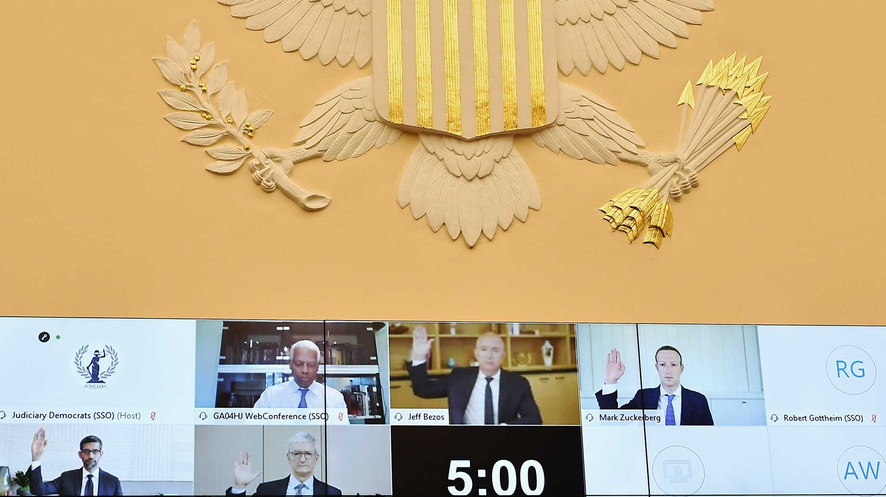
Views of Big Tech Worsen; Public Wants More Regulation
Americans’ views of large technology companies have become significantly more negative over the past 18 months, and public support for increased government regulation of these businesses has risen.
Take action by educating yourself on the topic:
- Listen to this brief
- Learn about new tech antitrust laws brewing
- Attend our virtual discussion about The Big Tech Tightrope on March 24
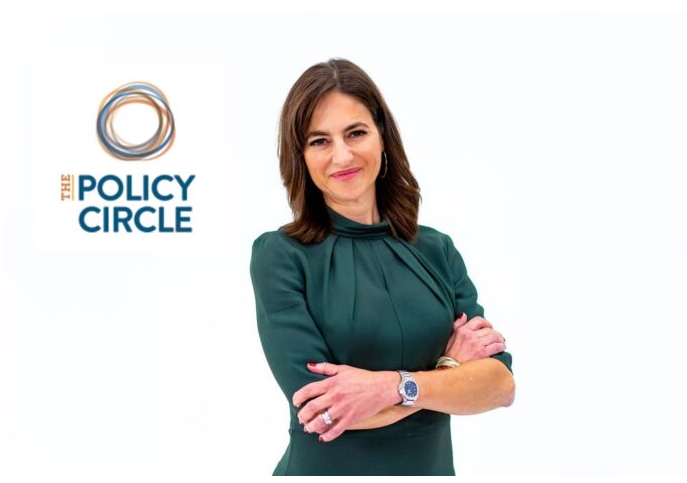
Co-Founder & President of The Policy Circle: Sylvie Legere, Inspiring Women to Engage in Public Policy
In 2015, The Policy Circle was launched–a non-partisan grassroots network designed “to educate, engage and empower women to be a force for positive change in their communities.”
Take Action: make a difference by starting a circle or refer someone to our community.
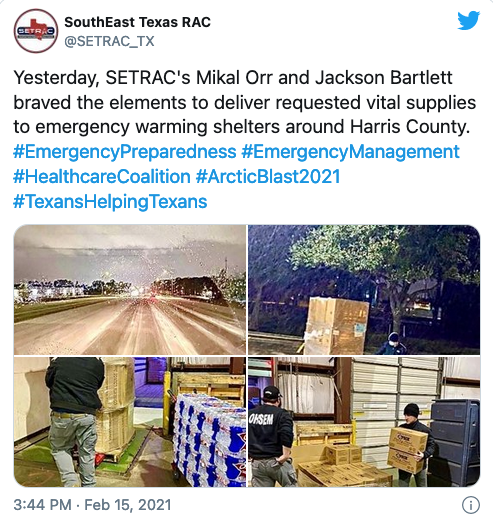
8 Ways Texans Are Stepping Up To Help Each Other Through Winter Storm
It’s in times of emergency that we find out the stuff we’re made of. For Texans, it’s been that kind of week.
The Policy Circle is a 501(c)(3), nonpartisan organization that provides pathways for women to become courageous, knowledgeable and active citizens who identify and take ownership of local solutions to the issues facing their communities. Please consider supporting our mission and developing your own leadership skills by becoming a financial supporter.
Want to share your Policy Circle story? Email us at communications@thepolicycircle.org to learn how to get involved. And follow us on social: Facebook, Instagram, Twitter and LinkedIn.